Mummies of South America – Incan Ice Maidens
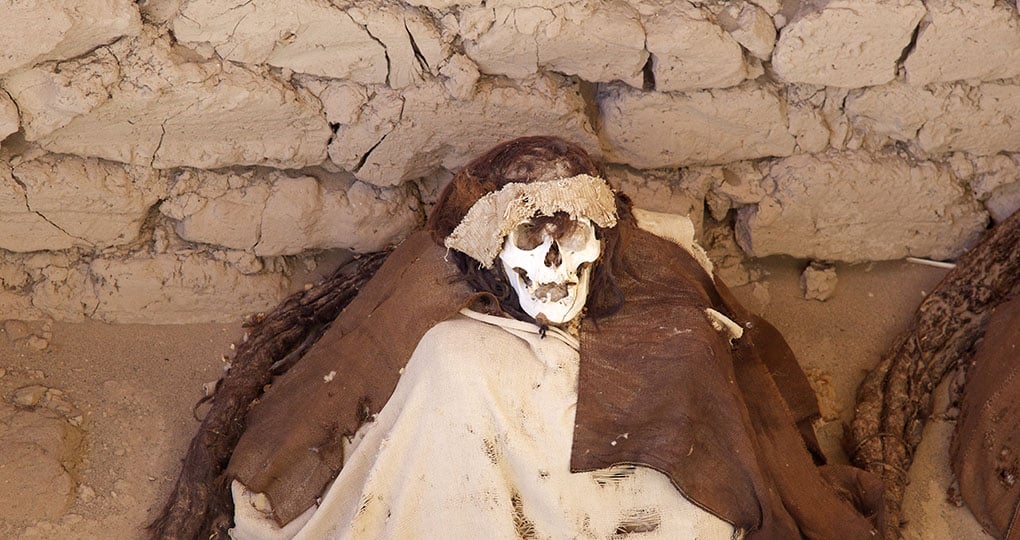

When you think of mummies, the first mental jump would be to Egypt, or maybe even Brendan Fraser and 1999’s The Mummy, but did you know that South America is home to many examples of mummified remains, including the best-preserved mummy in the world?
Intentional mummification was a common practice throughout the ancient Egyptian world and has offered—and continues to offer—amazing and in-depth insights into ancient life and death. Accidental mummification, while not as prevalent as those of the Egyptians, can also give an amazing insight into ancient cultures and ways of life. Look no further than the discovery of Otzi the Iceman in 1991.
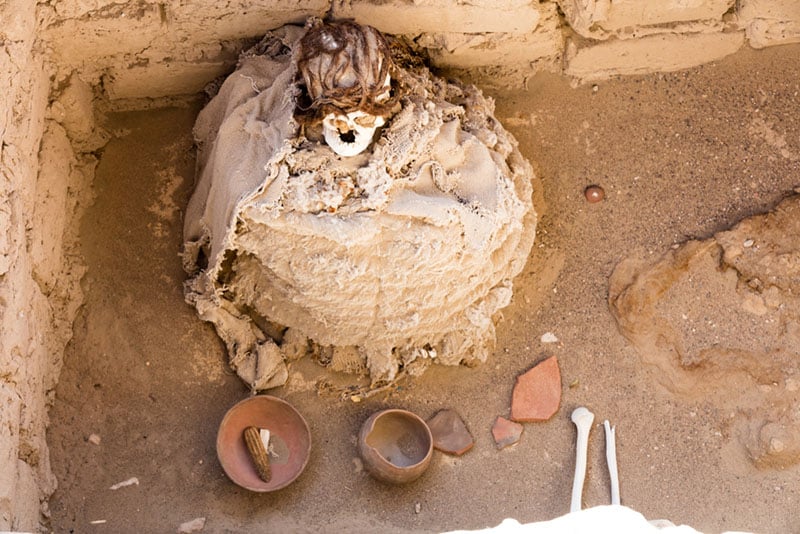
For the Egyptians, mummification was a preparation for the journey into the next life, as it was for some of the pre-Incan societies such as the Chinchorro. With other pre-Incan civilizations like the Nazcans, remains became mummified due to the environmental conditions. Nazca is in one of the driest spots on earth and any human burials became mummified due to these conditions.
But for the famous mummies in South America, their journey to accidental mummification began with human sacrifice.
Human sacrifice in Central and South American societies was the norm with the Aztecs taking it to a brutal zenith using volunteers, those that didn’t volunteer, and prisoners captured in battle. It is estimated that in 1487, an estimated 10,000 people were sacrificed over the course of four days.
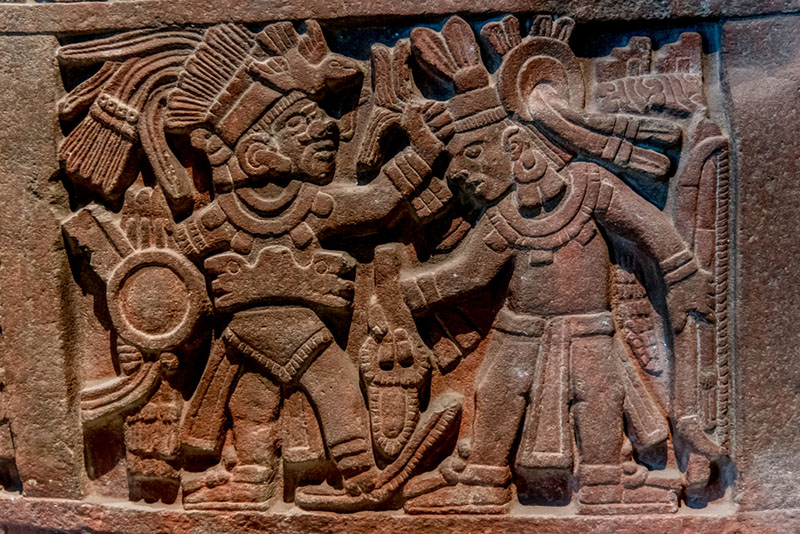

The Incas were not as prolific in their use of sacrifices, but when they did, they used children. Both the Aztecs—and the Mayans, Teotihuacan, and Toltecs for that matter—and the Incas sacrificed to appease their respective gods.
The Incan Empire, for the most part, was situated in the Andes. The choice of sacrificial location for the Incas was the high-altitude volcanoes where the mountain god, Apu, resided. The cold temperatures at this altitude preserved these sacrifices in almost pristine condition.
As much as sacrifices and mummification were a common practice, grave robbing was as equally popular. Many of the Incan sacrifices, while not containing the mineral wealth of Egyptian tombs, were buried with gold and silver, and, as such, many were desecrated and destroyed. Still more remained hidden and have been lost to time.
Many of these lost “Ice Maidens”—most Incan sacrifices were young girls—were discovered in the 1990s and are on display throughout Peru and Argentina. The most talked about Maiden would be “Juanita;” not to be confused with our “Juan and only” South and Central America expert here in the Toronto office.
Juanita was found, intact and in situ, on the volcanic peak of Ampato in the vicinity of Arequipa in Southern Peru. She is usually on display, along with all her belongings, in a small museum off the main plaza and is a must-visit when in Arequipa.
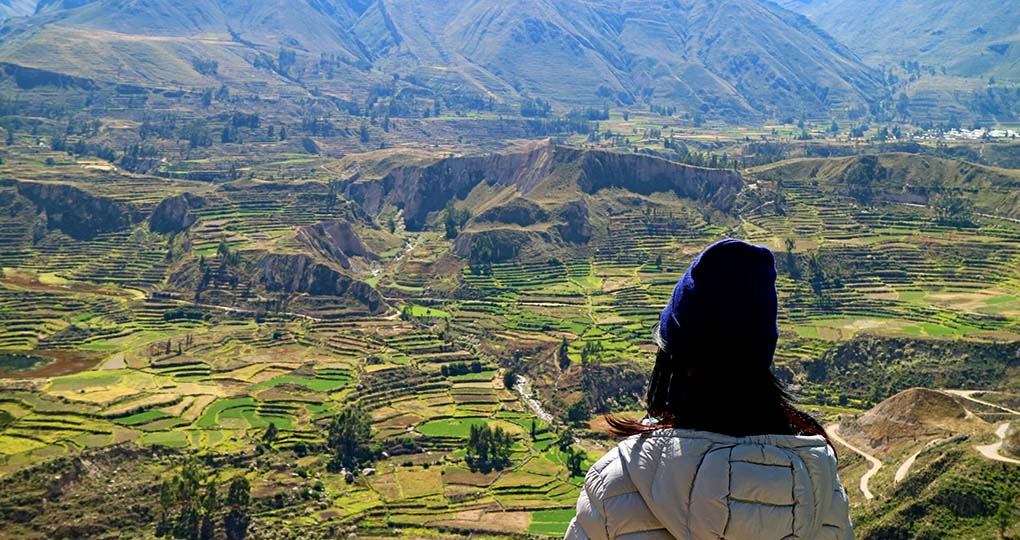

Young girls were chosen at birth or a very early age to act as an Aclla, or Sun Virgin. The Incas primary deity was the Sun. At the age of 10, girls were chosen to become royal wives, priestesses, or sacrificial offerings. According to Wikipedia, “The practice of ritual sacrifice in Inca society was intended to ensure health, rich harvests and favorable weather.” The young girls (or boys) were often drugged to ensure compliance using coca leaves and/or chichi, a local alcoholic brew, and then taken to the peak of the volcano and killed. Juanita of Arequipa was killed between 1450 and 1480 by blunt trauma to the head.
But there is another “better looking” Juanita. Her remains, referred to as the “Maiden of Llullaillaco,” were found in 1999 on Mount Llullaillaco on the border of Chile and Argentina. She is also a young Incan girl sacrificed to the gods, but she was afforded a more peaceful end as during examination it was discovered that she had died in her sleep, probably due to exposure.
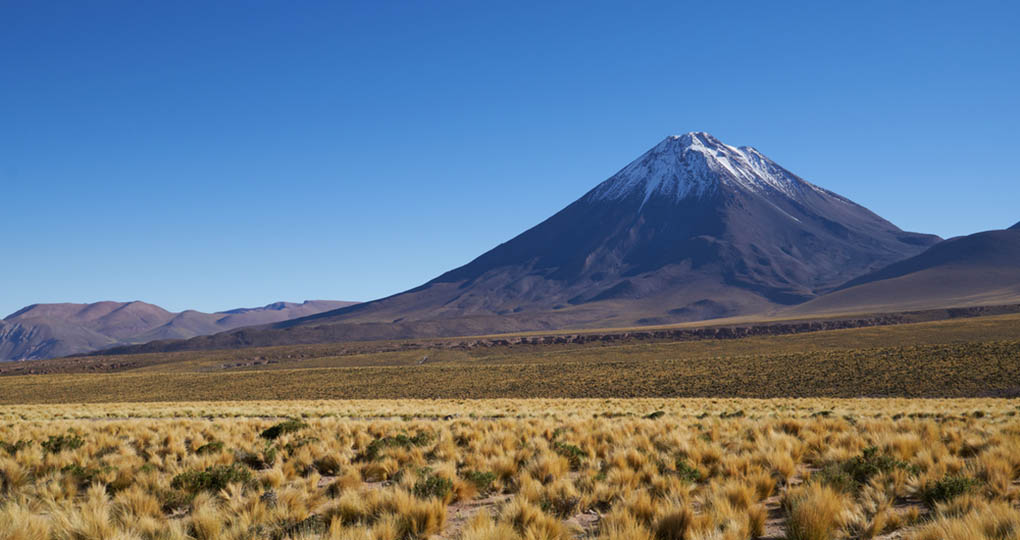

She is considered the most well-preserved mummy in the world. Check out this video from the Smithsonian if you don’t believe me. She is in such pristine condition, the archaeologist spoke in hushed words when they were unwrapping her, fearing they “may wake her up.” She is on display at the Museum of High-Altitude Archaeology in Salta, Argentina.
These two Juanitas are the most famous of the Mummies of South America, but Inca and pre-Incan remains can be seen in downtown suburban Lima, in Nazca in the south, and around Trujillo in the north.
So, when you think mummies, think Egypt, think Brendan Fraser, but don’t forget South America and the world’s best-preserved mummy, the Maiden of Llullaillaco. Look through a window and into the closed eyes of a Maiden that will take you back to the times of the Incas.


